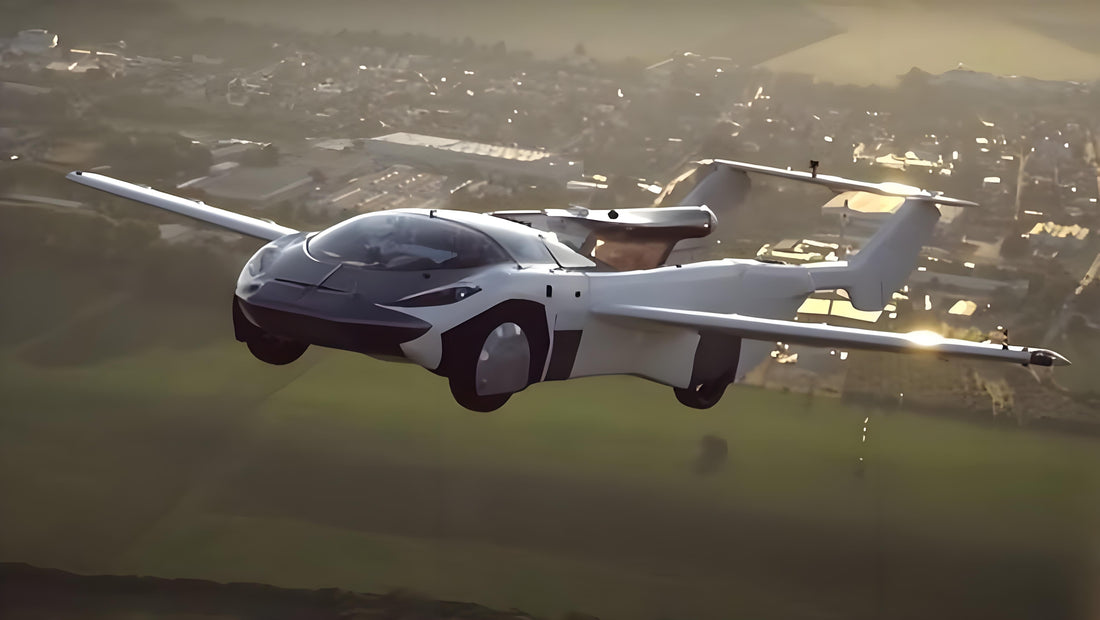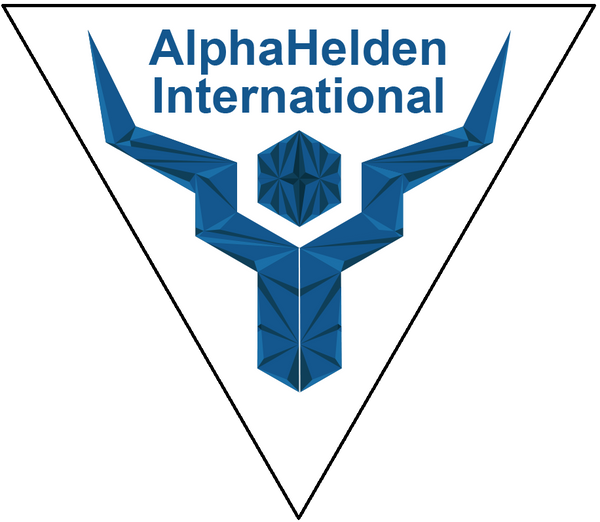
Development of Flying Cars and the Low-Altitude Economy in China and Germany
Share
In recent years, flying cars and the low-altitude economy have become global technological and industrial focuses. China and Germany each have unique strengths in this field but face different opportunities and challenges.
Comparison of Development Status
China: Market-Driven Growth with Diverse Technical Approaches
China has made significant progress in flying cars, thanks to its vast market, policy support, and rapid technological advancements. Key Chinese flying car companies and their technological approaches include:

- EHang: Specializes in autonomous eVTOLs (electric vertical take-off and landing vehicles). The EH216 has completed multiple manned test flights and is advancing commercialization worldwide, emphasizing fully autonomous urban air mobility (UAM).
- XPeng AeroHT: Develops hybrid-powered flying cars capable of both driving on roads and vertical takeoff, such as the Voyager X2 and an upcoming road-air integrated model.
- Autoflight: Focuses on cargo and passenger eVTOLs, using a lift+cruise design. The Prosperity I is aimed at global markets.
- Volant Aerotech: Develops tilt-rotor eVTOLs similar to Joby Aviation’s design, offering a balance between vertical takeoff and efficient cruising.
China is also accelerating the development of its low-altitude airspace management system. In 2023, the EHang EH216-S received airworthiness certification from the Civil Aviation Administration of China (CAAC), marking a milestone for eVTOL commercialization.
Germany: Technology Leadership with a Cautious Regulatory Approach
Germany leverages its strong aviation industry and precision manufacturing to remain at the forefront of flying car innovation. Key German companies and their technical approaches include:

- Volocopter: A global eVTOL leader focusing on urban air taxi services, with models like VoloCity and VoloRegion, utilizing multi-rotor electric flight technology.
- Lilium: Uses distributed electric jet technology (DEVT) for higher speed and range. The Lilium Jet targets regional air mobility (RAM).
- Airbus: The aviation giant is developing the CityAirbus NextGen, a fixed-wing+eight-rotor hybrid model designed for safe and low-noise urban air mobility.
- DLR (German Aerospace Center): A government-backed institution researching various low-altitude flight solutions and supporting regulatory framework development.
Germany takes a cautious regulatory approach, focusing on safety and standardization. However, Volocopter and Lilium have already secured airworthiness certification from the European Union Aviation Safety Agency (EASA), with commercial operations expected in the coming years.

